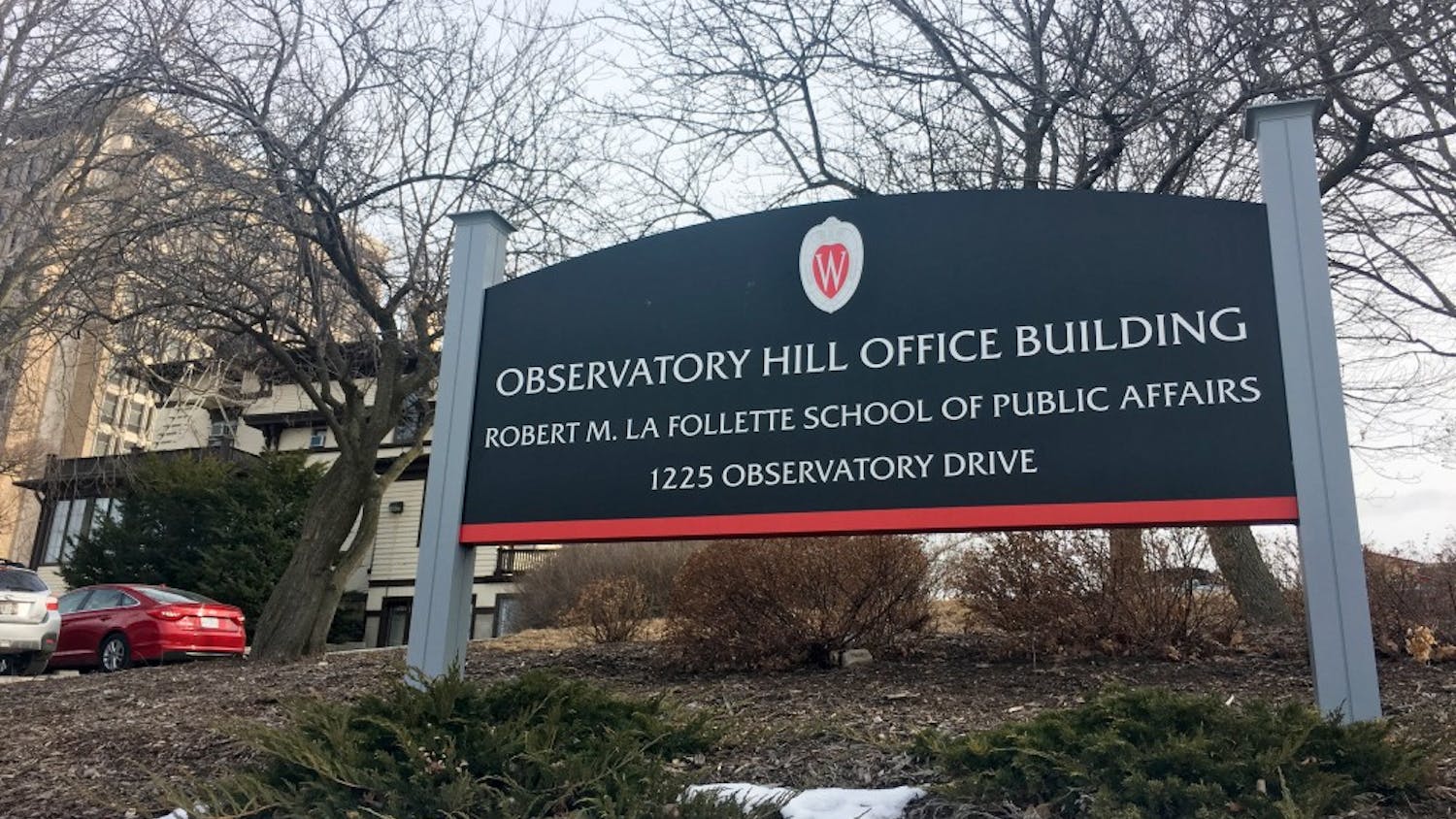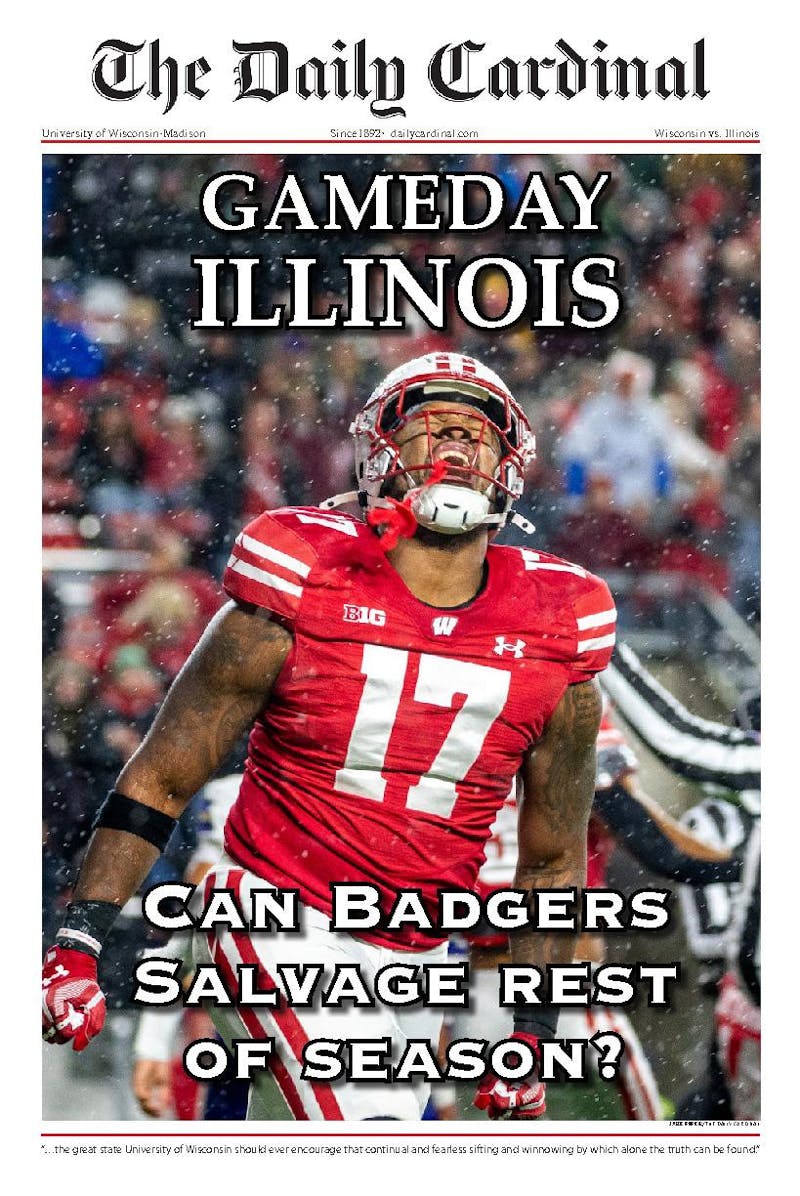In 1895, Professor Wilhelm Roentgen discovered a strange new type of radiation. After some experimentation, he had his wife put her hand between a cathode ray tube and a piece of radiation-sensitive paper, and found that he could readily see the shadow of her wedding ring and of the bones in her hand. He called the mysterious radiation an X-ray, from the mathematical use of X to stand for an unknown, and so began the science of medical imaging.
Medical imaging technology continued to advance throughout the coming century. However, the field as we know it took off with the invention of the computerized tomography scan in the early 1970s. CT technology allowed for a series of X-rays taken from different angles to be assembled into a 3-D image. Doctors could manipulate this image and view fragments to allow a more accurate diagnosis.
The 1980s saw the integration of CT with magnetic resonance imaging, which uses magnetism instead of X-rays. In addition to eliminating the radiation exposure associated with X-rays, MRI also allowed doctors to see the human anatomy from a different perspective than that allowed by X-rays or CT-scans, reacting to differing quantities of hydrogen rather than different densities of tissue.
At UW-Madison, research in medical imaging includes work with ultrasound and advanced MRI technology. James A. Zagzebski, a UW-Madison professor of medical physics, is involved with studies of ultrasound contrast agents in the diagnosis of liver disease.
\We hope to apply the contrast agent along with our radiology colleagues to monitor anti-angiogenesis therapy such as endostatin,"" Zagzebski said. Zagzebski is also involved with developing ultrasound that will improve the treatment of liver cancer though elastography'a method of measuring the stiffness of organ sections. Unlike current ultrasound methods, elastography will allow doctors to see the tumor site clearly and assess how successful the treatment was.
A group headed by Charles Mistretta, a UW-Madison professor of biomedical engineering, is doing important MRI work. This group has implemented a technique that allows for a more efficient image capture. The current technique allows only one image to be captured every 30 seconds. Mistretta's group is working on a technique that captures more detailed images every three or four seconds. Mistretta emphasized the importance of this increase in speed, made possible by research done by UW-Madison professor of biomedical engineering Walter Block; Tim Carroll, a scientist at the UW Clinical Science Center; and Oliver Wieben, a graduate student in medical physics.
""This dynamic information is important in evaluating pathology and helps to insure the technical success of the examination, which otherwise might be compromised by the relative timing of the acquisition of the single 30-second image,"" Mistretta said. Known as 3D TRICKS, Mistretta's method is slated to be put into widespread practice next year.
The future of medical imaging seems to revolve around the improvement of MRI and CAT methods, and in their use in faster and more accurate imaging techniques.
""In the future there will be increased opportunity to do less invasive imaging ... Advances in the development of disease specific contrast agents will permit the diagnosis of disease with fewer false positive diagnoses,"" Mistretta said.
Current advances in medical imaging deal with more than just bones. These new techniques are opening up uncharted territory with the potential of improving the quality of life for people that 30 years ago would have found certain diseases an instant death sentence.





